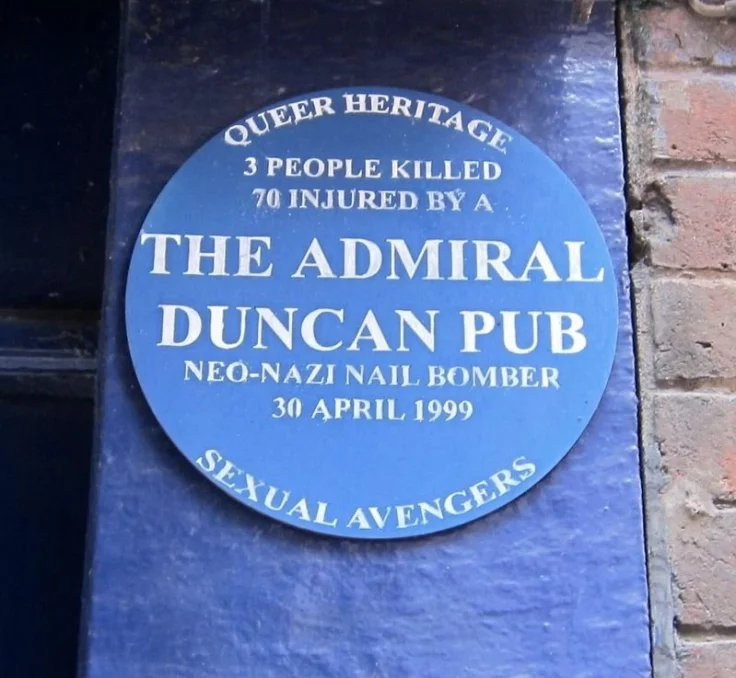ONE
I am a bisexual male in a relationship with another man.
This doesn’t mean that I have forefieted my sexuality, it doesn’t make me gay. As I still find women attractive too
There are many like me.
TWO
I’m not promiscuous.
Far from it.
I’ve only slept with a few people whom I was in relationships with. I never personally had a one night stand. Never been to an orgy. My sexuality has nothing to do with my morality, sex drive or need to prove a point. I know many gay, straight and bi people who are like me and others who differ.
We are all different and it’s a false stereotype.
THREE
I’ve never have been unfaithful. Actually my ex wife was the one who cheated on me. If you read the above I think you know my view already. Everyone of us are individuals, some situations cause unfaithfulness, others caused by personal choice. I see infidelity hurts and I would never do that to the one I love. If you did, then you need to ask what they meant to you.
FOUR
I’m not in denial, frankly this annoys me the most.
Recently someone said I was gay because I am in a relationship with another man.
That doesn’t make anyone gay!
Who you are attracted to makes you gay,straight or like myself bisexual.
It only confuses people further when others are dismissive of someone’s self identity.
It’s OK saying if you were so convinced that you were xy and z you wouldn’t let it bother you.
Turn that around on yourself next time you’re accused of something that isn’t true.
How would you feel?
Then think how you would feel if that was a constant accusation.
Does it make sense now that so many lgbt people have depression and suicide issues?
Did you know bisexual women are the most vulnerable female group to commit suicide?
Streets ahead of straight woman and gay ones.we need to respect and respond better to these issues.
FIVE
I don’t believe in ghetoising Bisexual people in our own community.
If you do that then you are shutting yourself off from others and blocking their vision into the world of bisexuals.
As a bisexual you don’t learn how to correctly deal with biphobic views, also you can’t teach others the truth about Bisexuality.
Sure there are many nasty gay men out there, the same with straight men and women but there are some nice people too.
Im sure some will say the same about some bisexuals.
Gay, straight, bisexual, pansexual and so on. We all are individuals.
The good guys outweigh the bad ones, it’s just some are more vocal.
SIX
I’m not on a journey, I’m on a paradise island, with the one I love.
I’m not so sure about this journey everyone’s on. I discovered I was bisexual and was only confused by the lack of resources, misinformation and so on. My sexuality didn’t change and never has, just as my ex wife’s, my boyfriend’s hasn’t.
They both maintained they’ve always been attracted to men.
Some people’s sexuality changes, and that’s cool but some of us are more on vacation rather than going on a world tour
There is nothing wrong with that too.
Again, we are all individuals.
My advice is to be sure before you share your sexuality with anyone. Maybe you are on a cruise liner but be positive that you’re not at a Hilton and make sure the location too.
Be positive, you have it right. Talk to experts, don’t rely on people’s opinion. Most of all, listen to yourself.
SEVEN.
I’m honest with my partners. I always have been. It was difficult with my wife. However I did tell her, we spoke about it often. I never overwhelmed her though.
My now boyfriend asks me things constantly about both men and women. Trust me, there is no stone unturned with him. Then I’m the same with him. Honesty is the best policy.
EIGHT
I exist. people like me exist. Get over it!
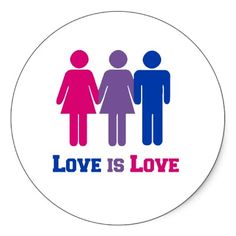
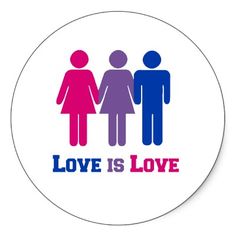
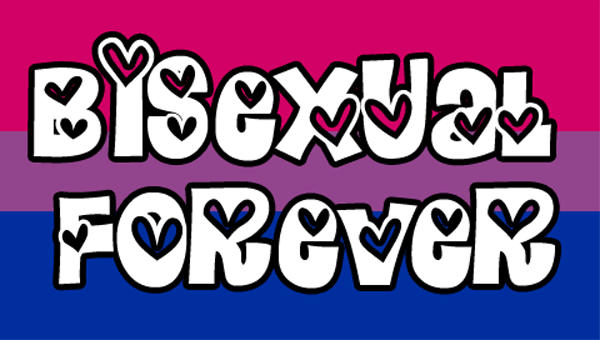

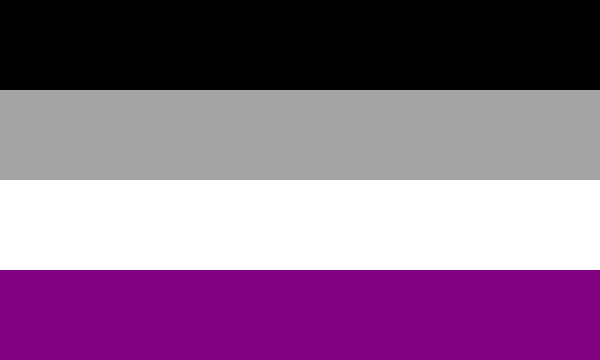
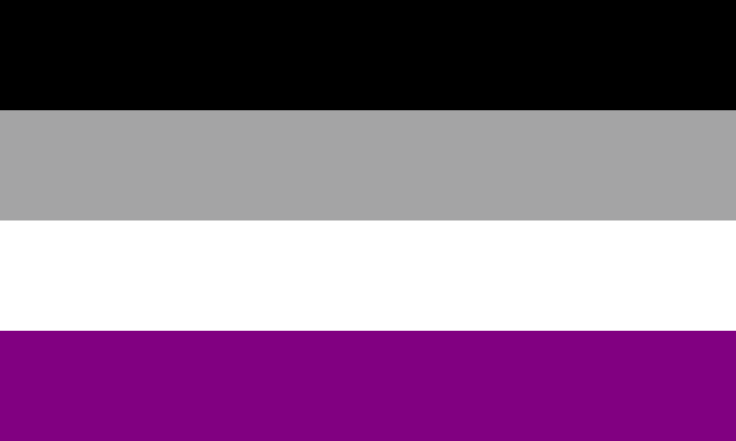

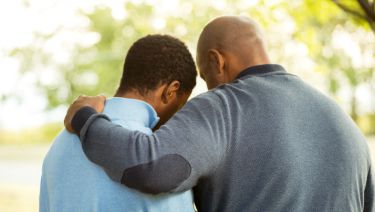
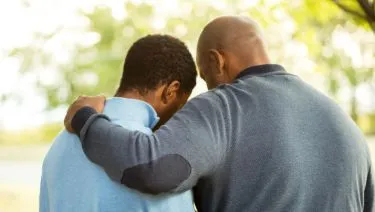
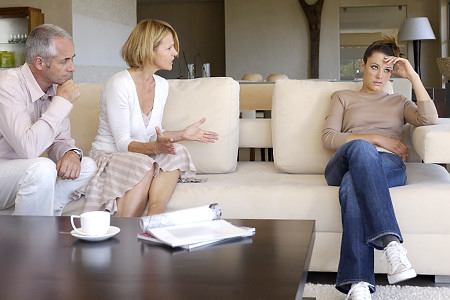
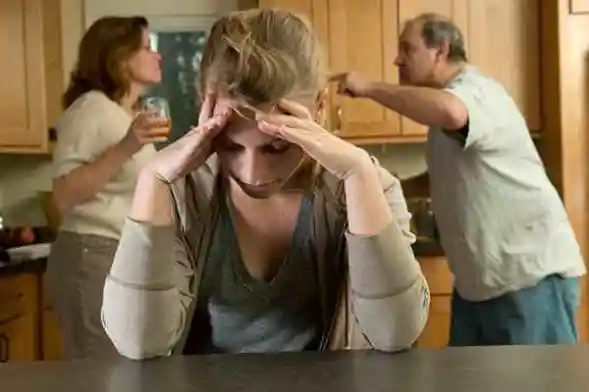
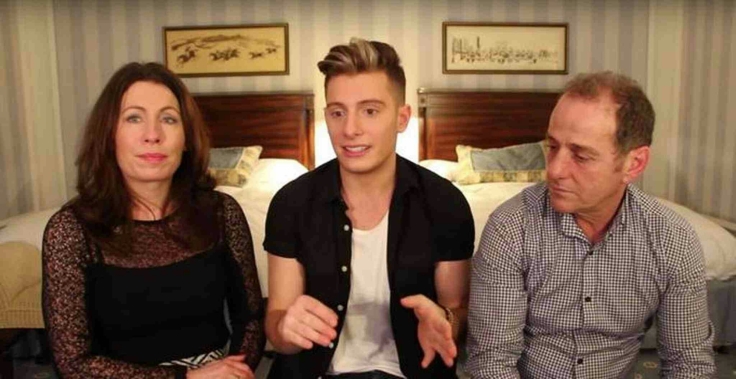
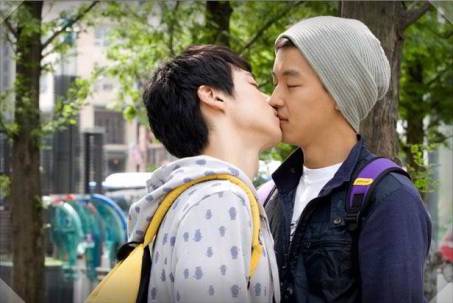
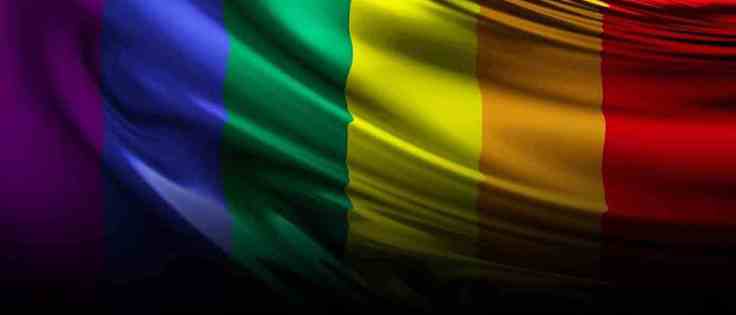
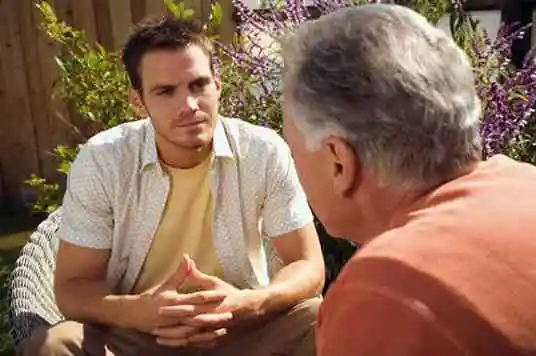
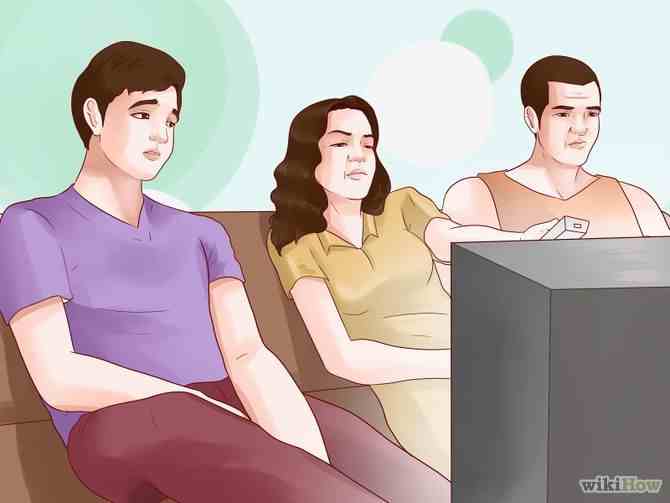
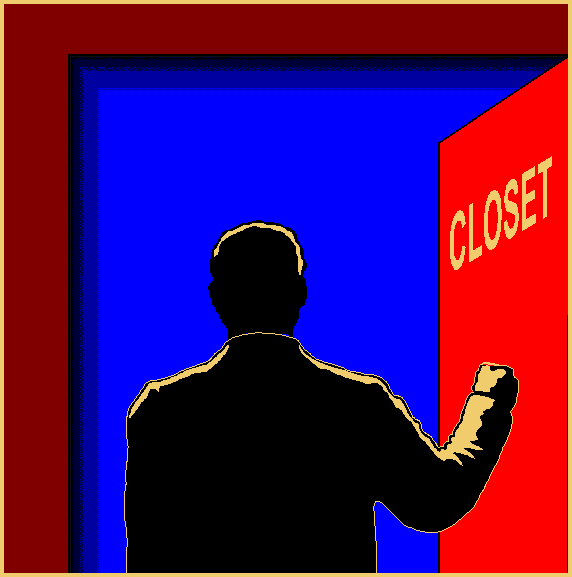

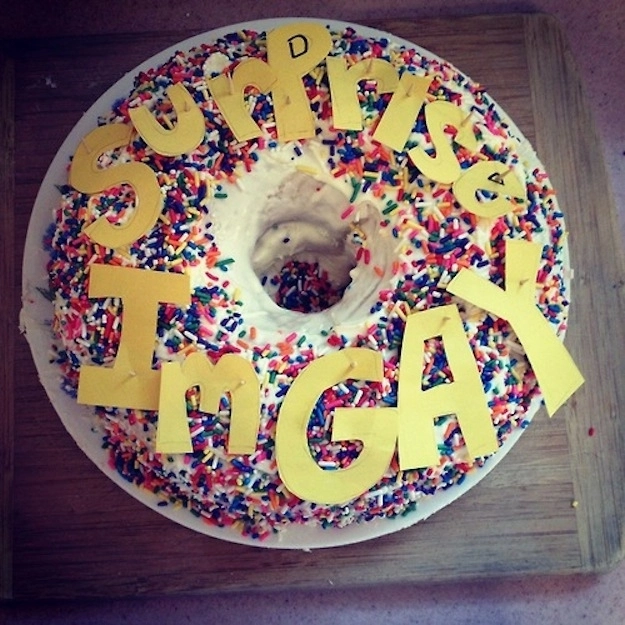
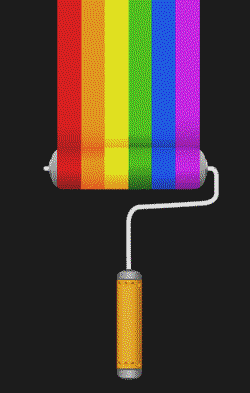

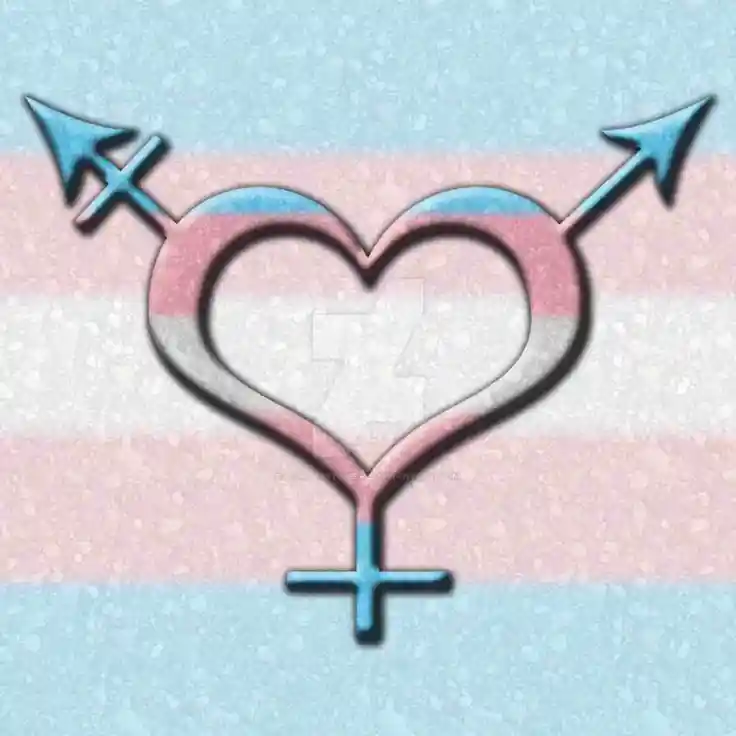
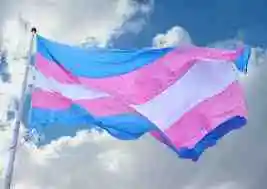
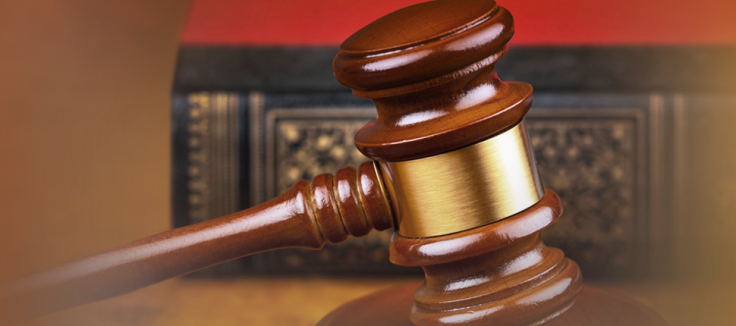
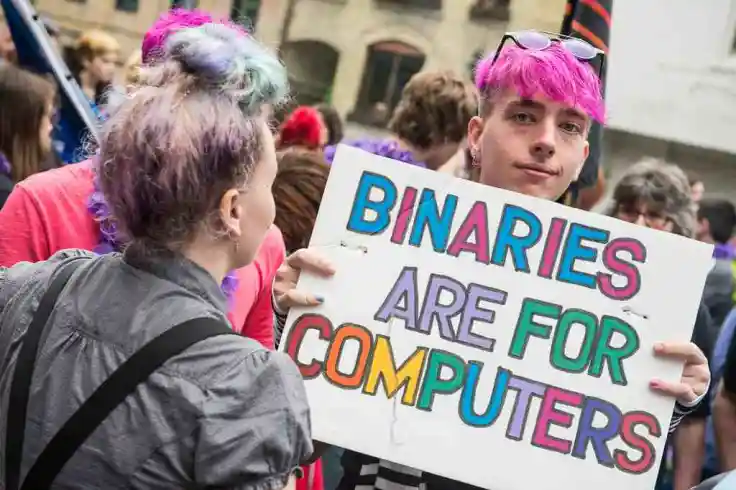
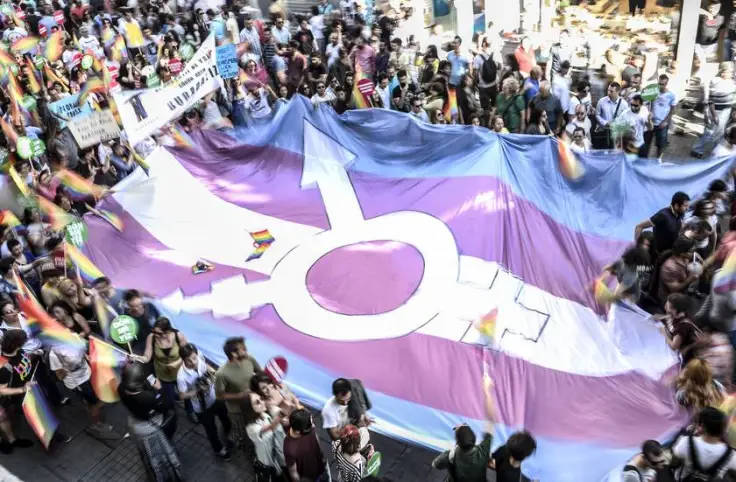
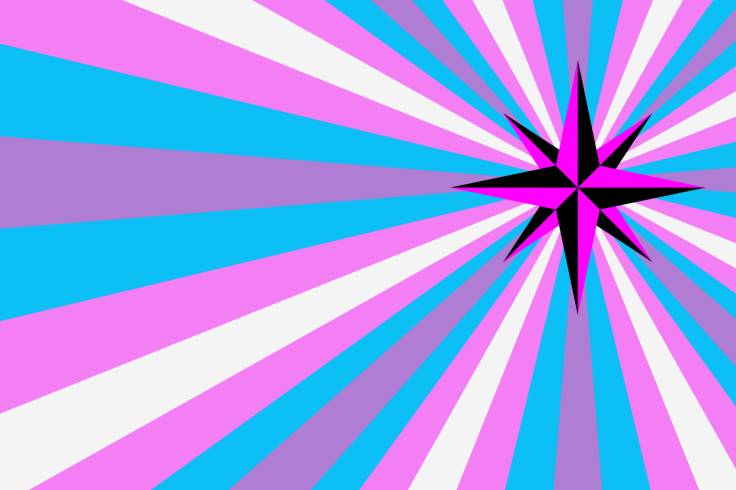
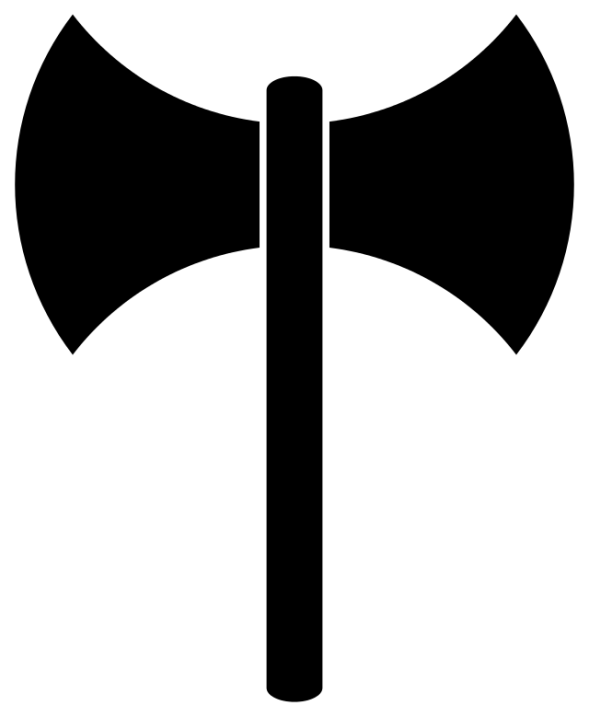
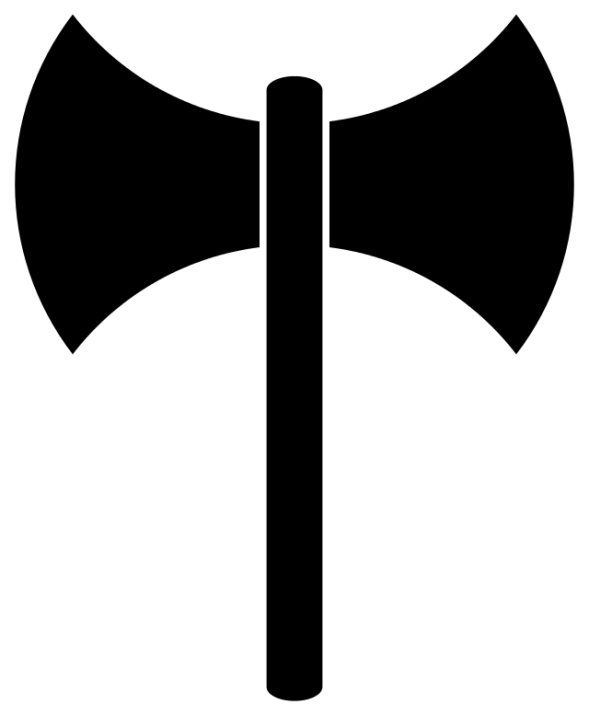
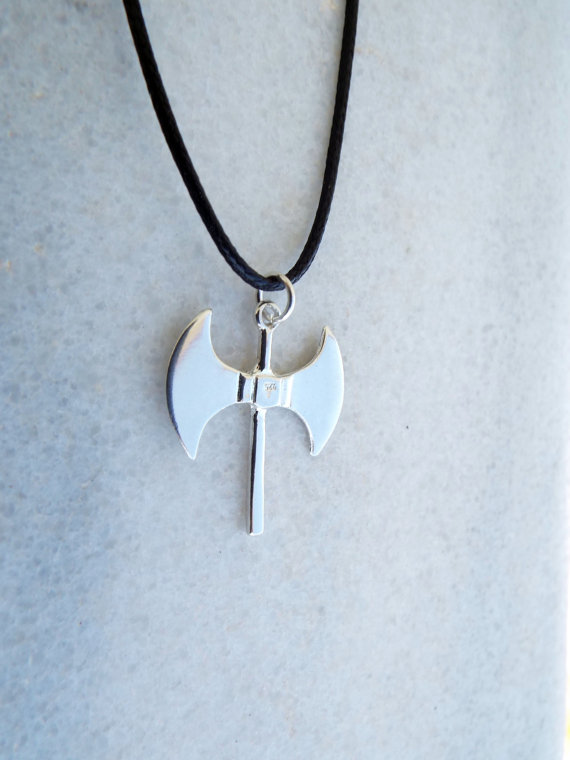
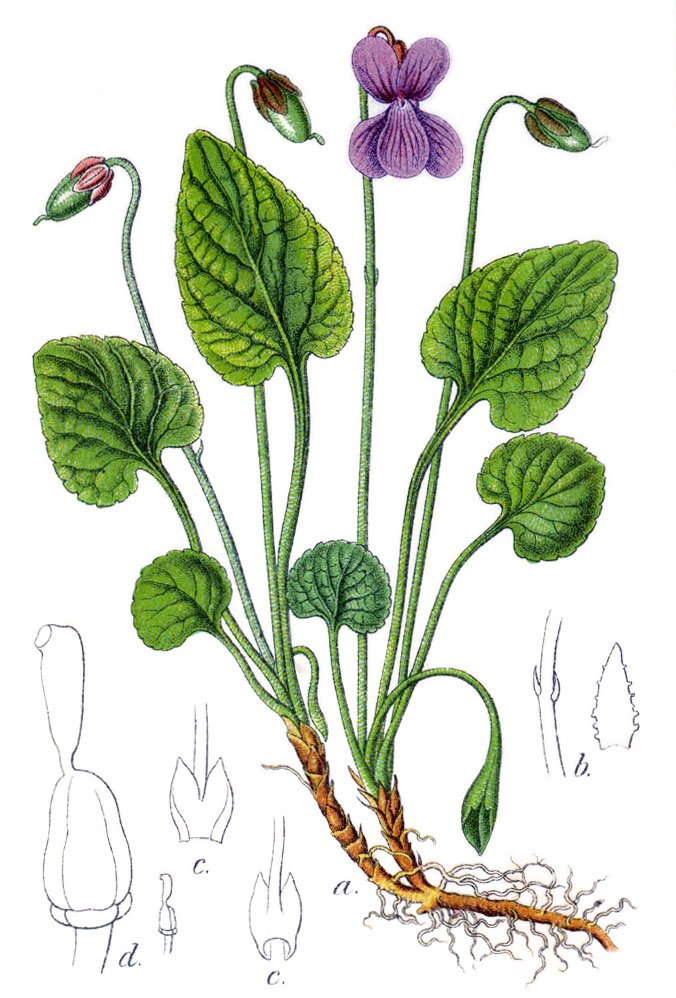
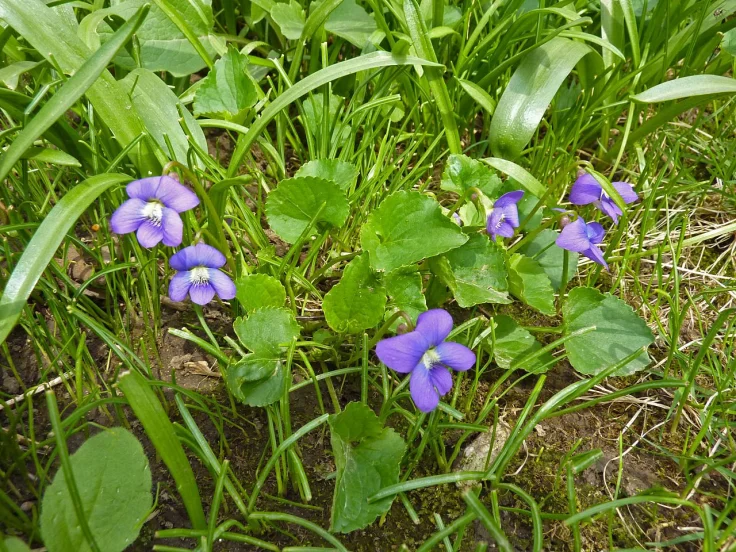
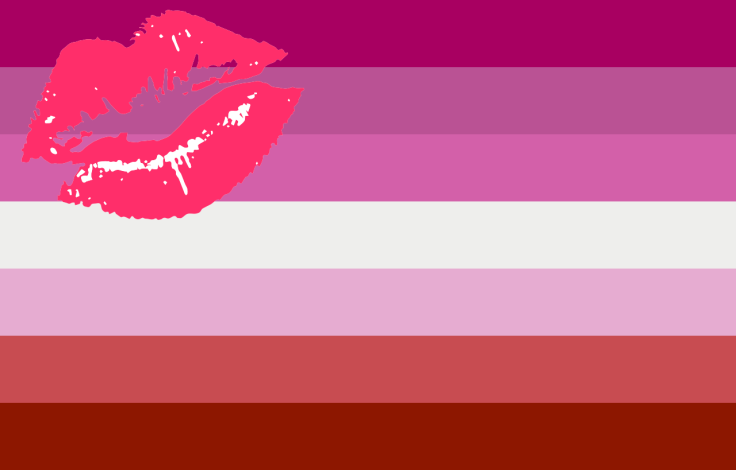

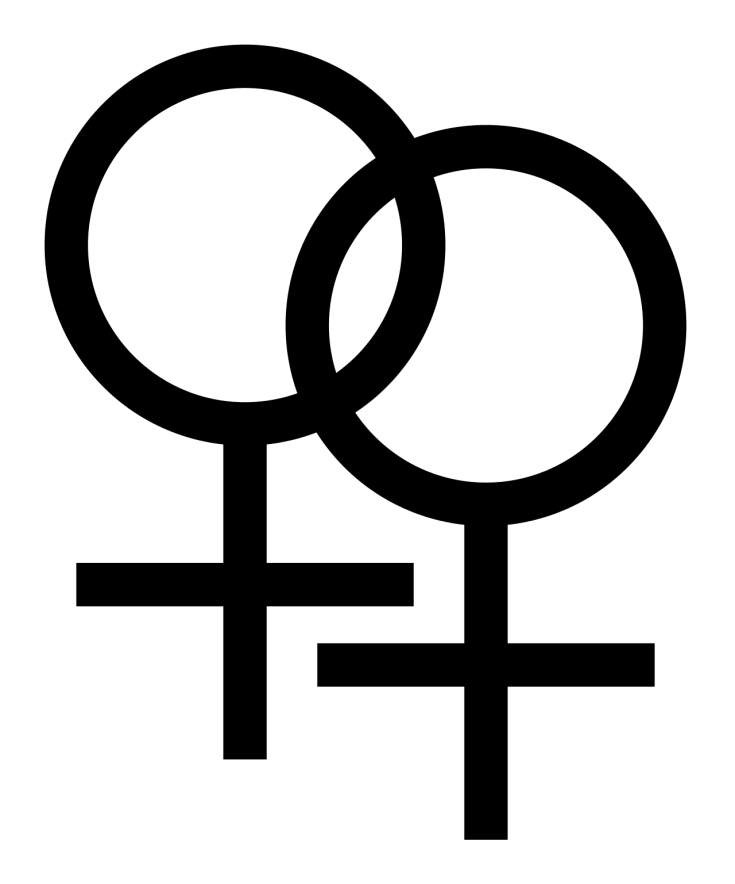

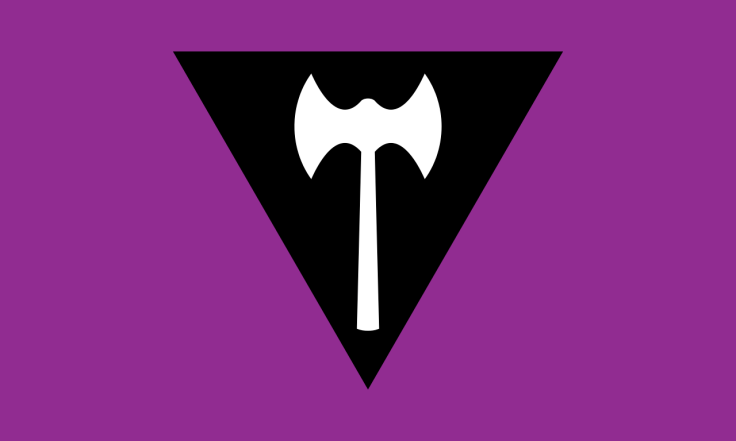
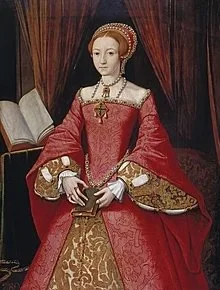
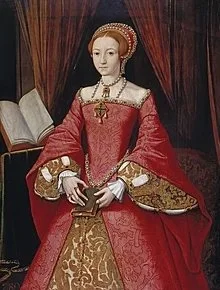
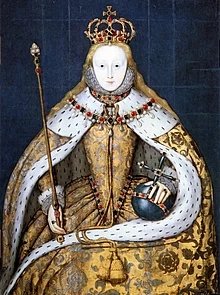
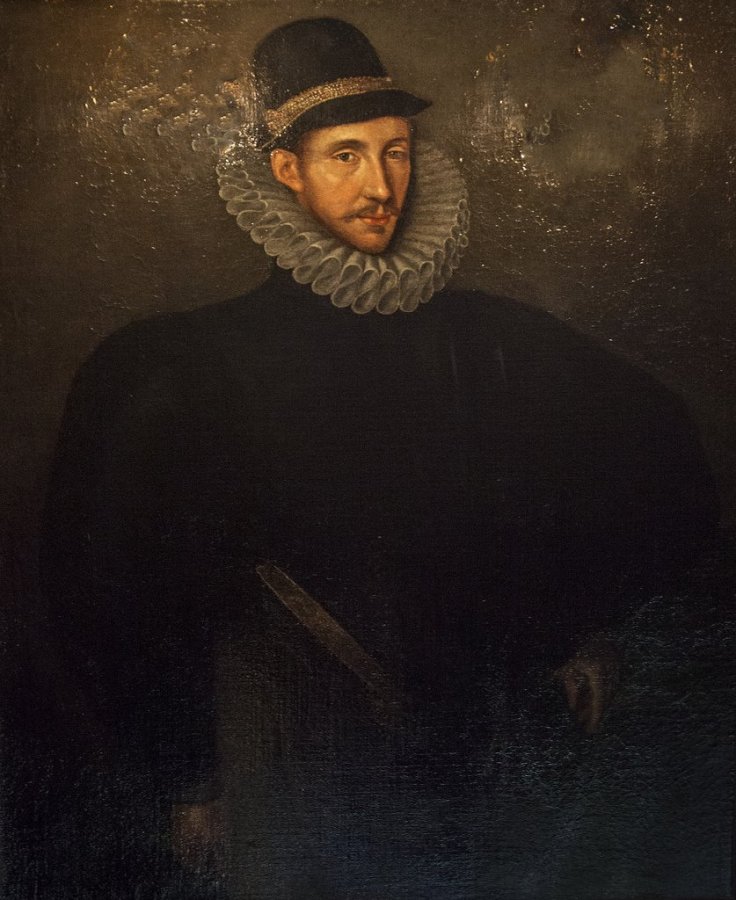
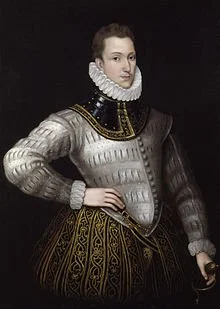
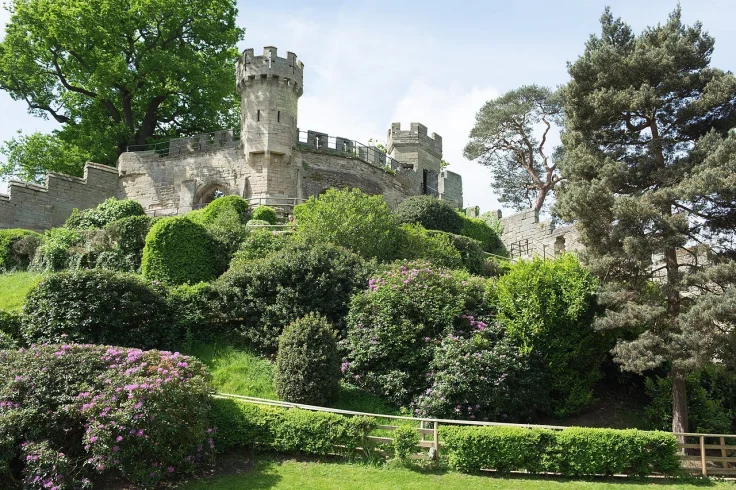
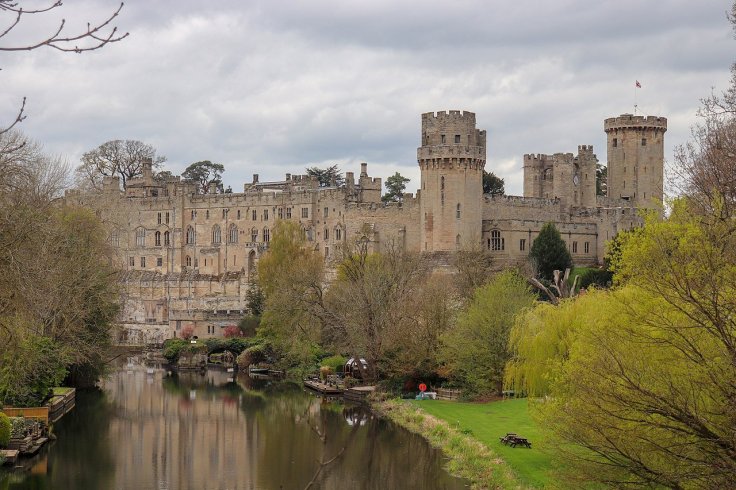
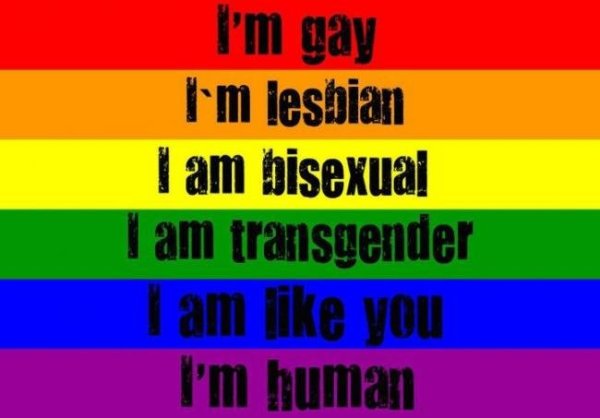
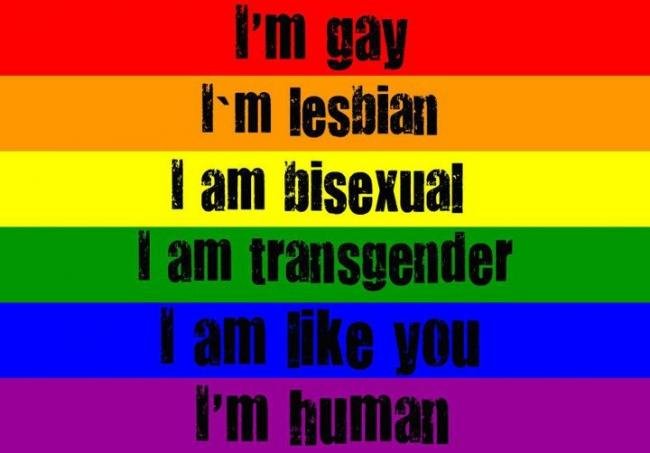
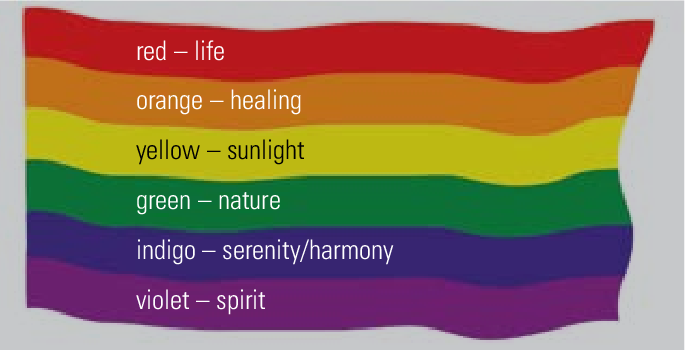
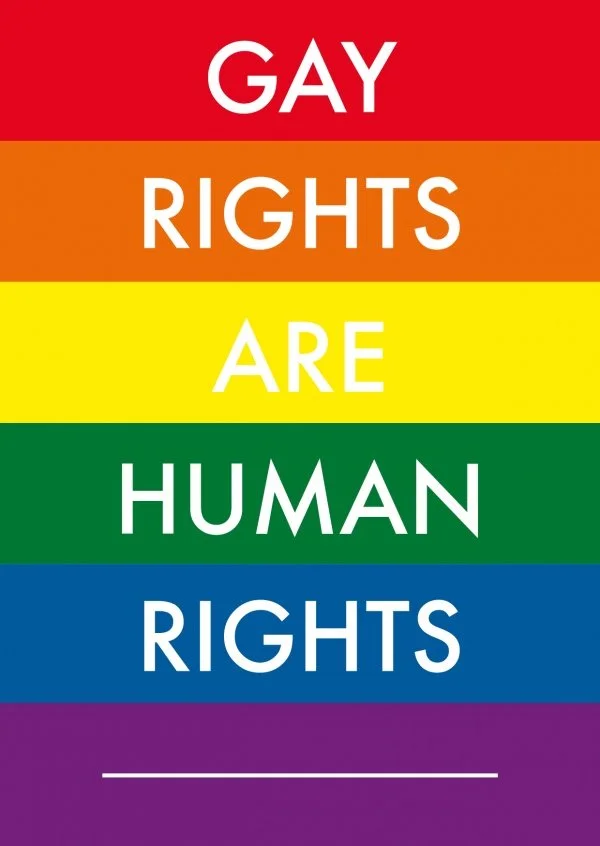
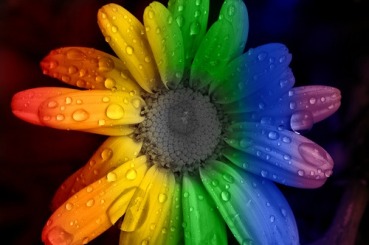
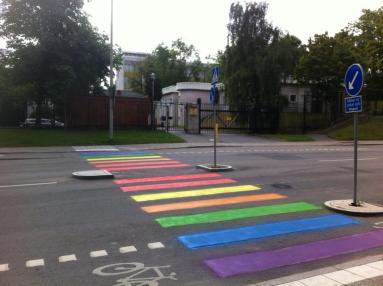
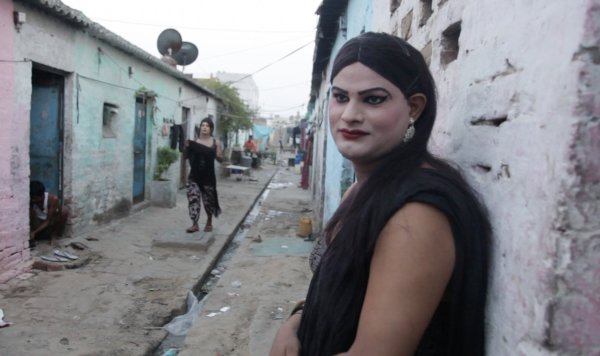
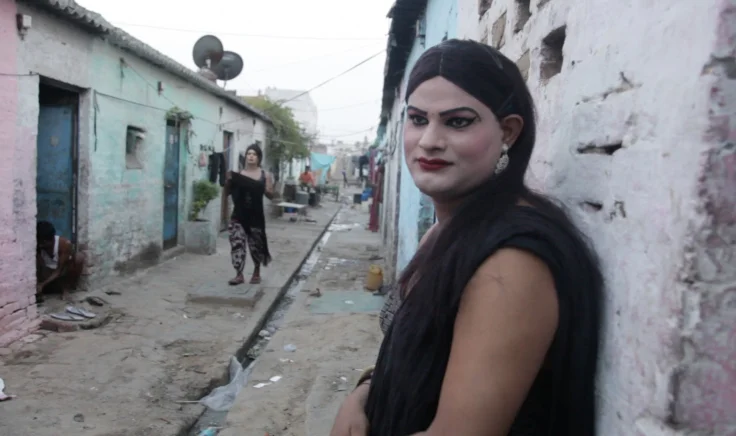
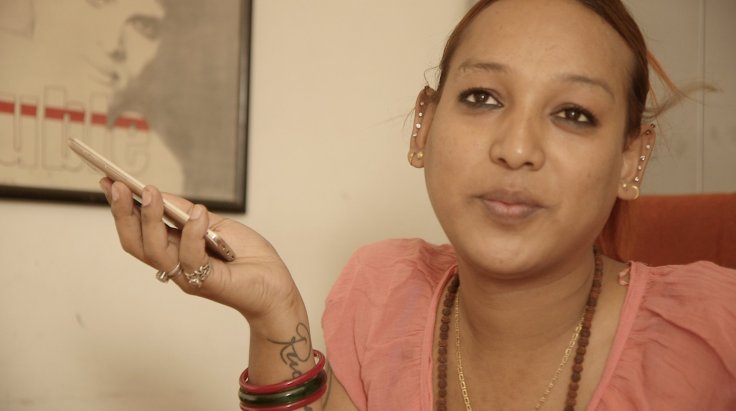
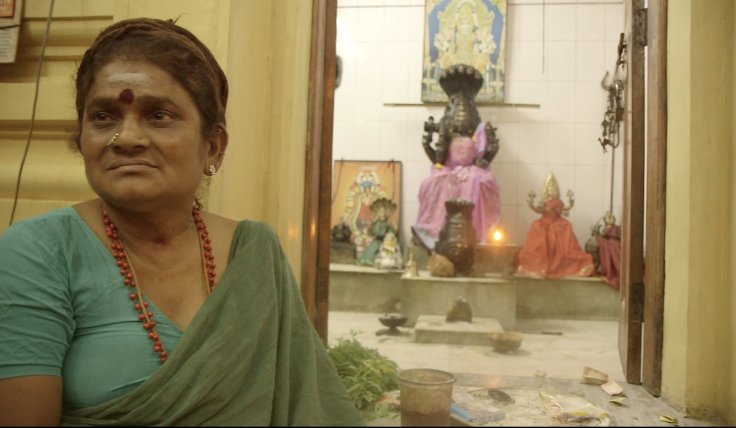
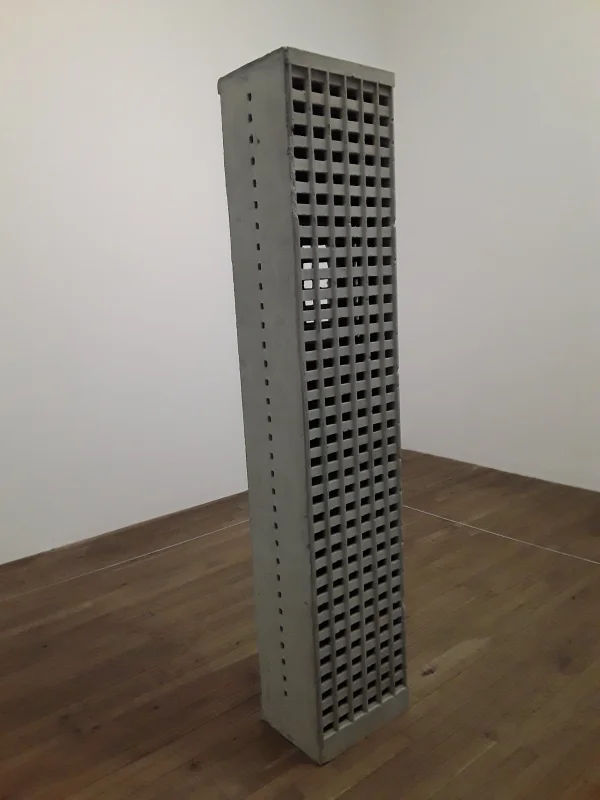
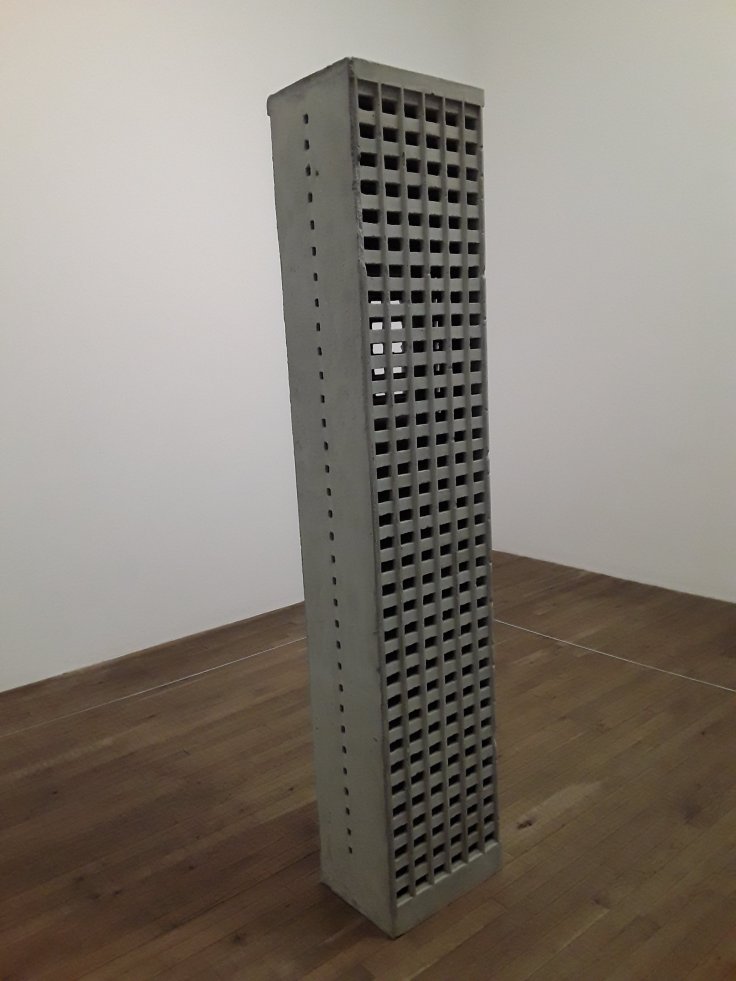
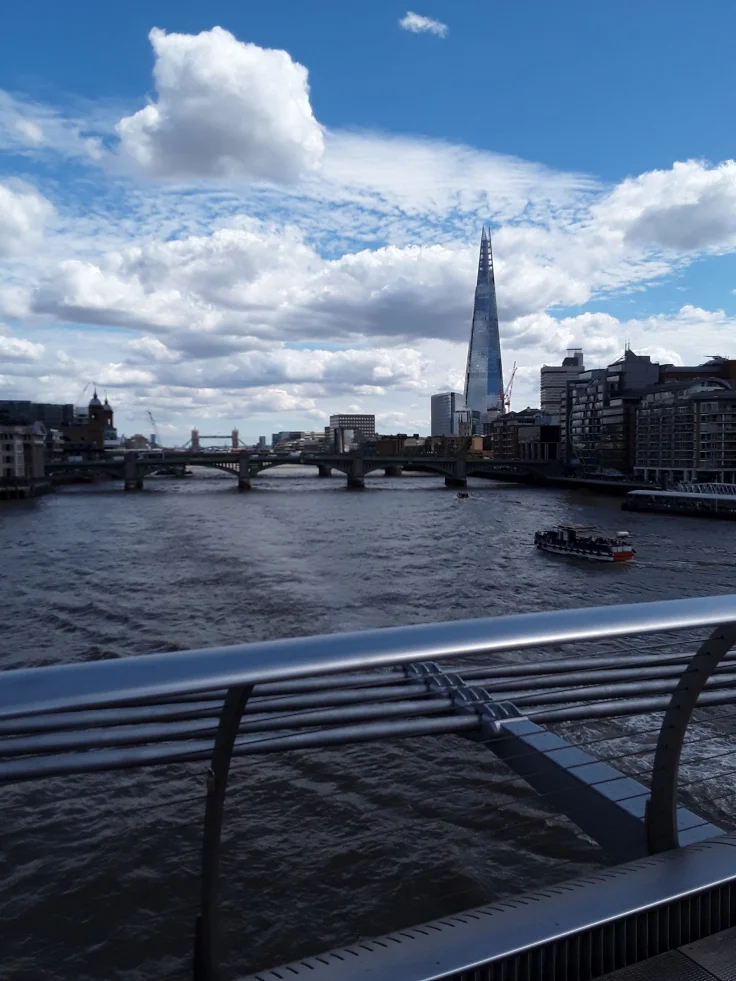
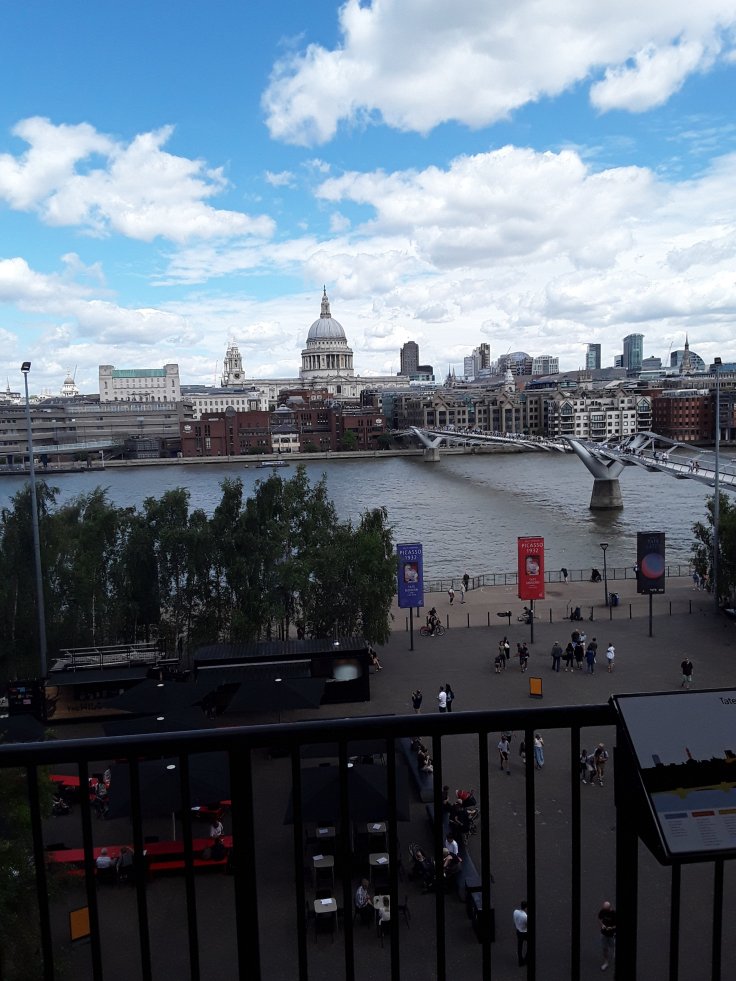 He turned something negative into something positive. He hadn’t gone out there to protest about people dropping gum on the bridge, but he added something pleasurable to the bridge. Let’s be frank, if he made one person happy, one small boy excited, he had done a great job.
He turned something negative into something positive. He hadn’t gone out there to protest about people dropping gum on the bridge, but he added something pleasurable to the bridge. Let’s be frank, if he made one person happy, one small boy excited, he had done a great job.
